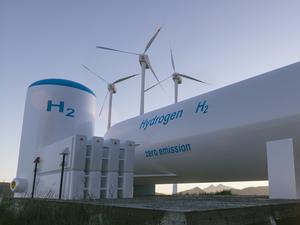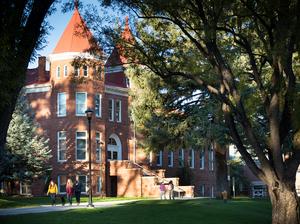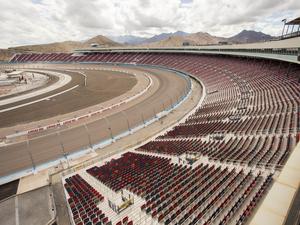
Northern Arizona University in Flagstaff has adopted a Colorado company’s altitude simulation technology in its new Student-Athlete High-Performance Center.
The new capabilities, provided by Edwards, Colorado-based Altitude Control Technology, or ACT, allow athletes at the school to train in a 2,000-square-foot altitude chamber that can be adjusted to sea-level conditions or those found at elevations higher than at the mountain-town university, which sits at an altitude of about 7,000 feet.
Those simulations give trainers and scientists the ability to tweak strength, recovery and endurance strategies and workouts for different environments.
"Only a handful of NCAA athletic facilities have altitude training capabilities, and we're thrilled to be one, as now we are on the leading-edge of new research exploring the physical benefits of sea-level and variable altitudes for athletic performance," said Mike Marlow, athletic director for Northern Arizona University, in a statement. "We explored numerous options for altitude simulation and the modern, flexible technology from ACT was the best solution for our Student-Athlete High-Performance Center due to its simplicity yet robust technology capabilities. Coupled with our nutrition counseling, strength program and expert staff, we know the altitude simulation environment will enable a whole new student-athlete experience."
The elevation-simulation works by changing the oxygen and nitrogen mixture in the chamber. The settings are controlled using a touchscreen that resembles a smart thermostat for a home’s HVAC system.
NAU said the capability will be helpful for the university’s cross-country, track and other endurance sports teams.
In addition to athletic uses, ACT says it also employs its technology in the hospitality and residential industries to create more comfortable environments, for instance, in mountain environments where visitors may experience impaired sleep quality or other complications because of the high altitude. It does so by changing the conditions in rooms by “lowering the altitude.”
The technology has been put to use in more than 400 luxury residences in many high-altitude North American ski areas, as well as at dozens of universities, military and athletic organization facilities, the company said.
ACT President Bill Sinclair said his company, which has been in operation for more than two decades, is glad to help in the research that the partnership with NAU will bring about.
"Athletic training and research are a few ways ACT technology is used to provide a healthy, comfortable environment for people no matter what altitude,” Sinclair said in a statement. “We look forward to watching the NAU Lumberjacks student-athletes thrive with their new altitude simulation room."
NAU’s $47 million, 77,000-square-foot Student-Athlete High-Performance Center opened in February. It is designed specifically for the university’s athletes and teams and is not open to the public. It includes academic, training, recovery and nutrition spaces.











